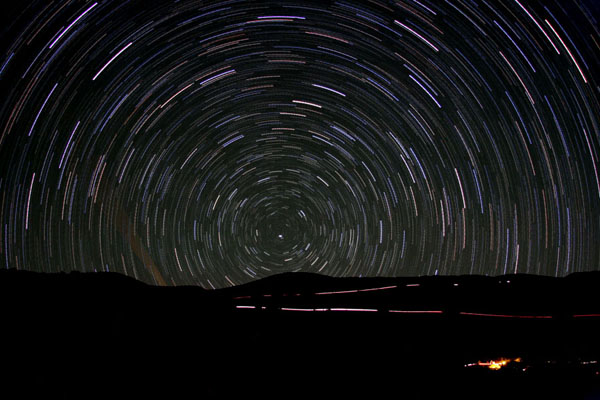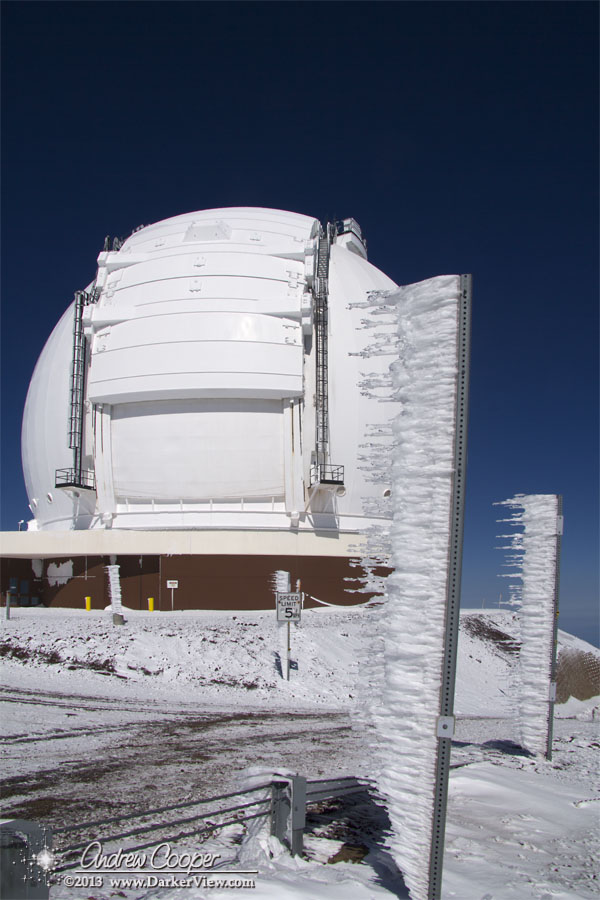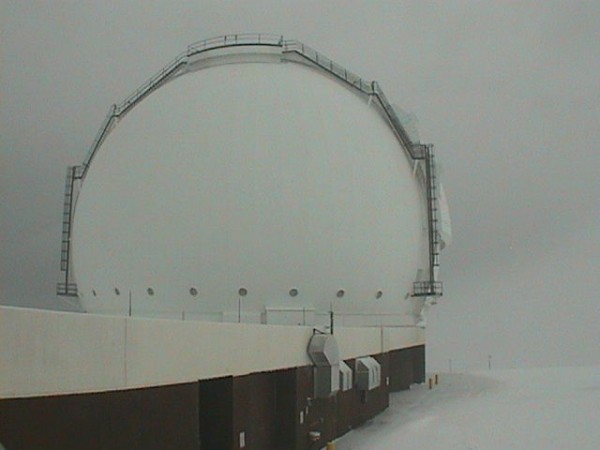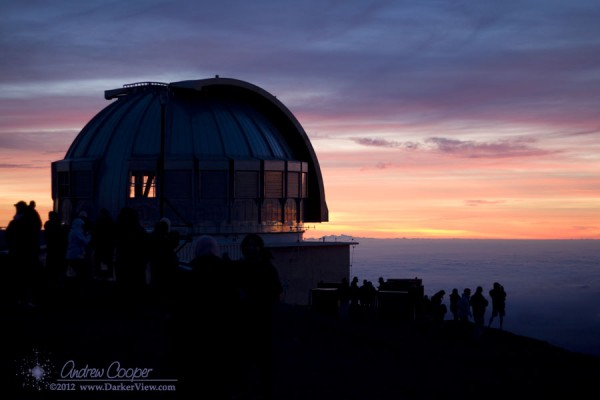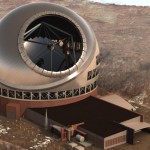Another site that allows an amateur astronomer to take advantage of the pristine skies of Mauna Kea is located next to an electrical substation just a couple hundred yards east of the Mauna Kea Visitor Information Station. Here you can enjoy a truly spectacular sky above the tropical haze and VOG of lower elevation Hawaiian locations. Far from the modest lights of Kona or Hilo there is almost no light pollution and the tropical inversion layer often keeps the clouds and rain well below this mountain site. While the site may see some early evening use by sunset watchers and possibly a tour van doing a star tour for their guests the majority of the night will offer an escape from the crowds across the road leaving the observer alone to enjoy the universe.
View Larger Map
The Substation site has some advantages and some disadvantages…
- A dark site away from the lights and crowds if the VIS, but still nearby if you are to need access to the VIS bathrooms.
- An open cinder area with enough room for twenty or more vehicles and telescopes.
- The site is occasionally used by one or two of the summit tours to allow their guests a look through a telescope. This will usually take less than an hour before they pack up and leave.
- Sunset viewing guests from the VIS cross the area to access the pu’u to the south where sunset may be viewed with a clear view of the western horizon.
- The small pu’u to the south will block some of the southern sky.
- If there is a east or west wind it can come through the saddle across the site making conditions less than ideal.
- The site lies on DLNR administered land and is subject to DLNR rules. Camping is not permitted, where camping is defined as possession of “camping paraphernila” after dark. Make sure you do not have a tent, sleeping bag or other obvious camping gear along. In practice this has never been enforced at this site.
The VIS is more sheltered as it is below the small ridge and offers a somewhat better southern horizon.
The site is easily found by turning off the main road just below and opposite the entrance to the Mauna Kea VIS. A break in the guard rails provides access to a short gravel road that proceeds straight up the hill to the saddle and the substation.
